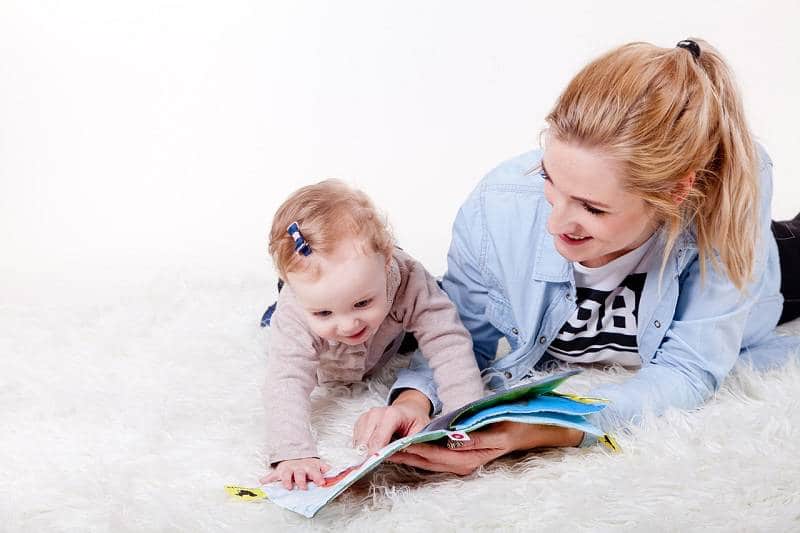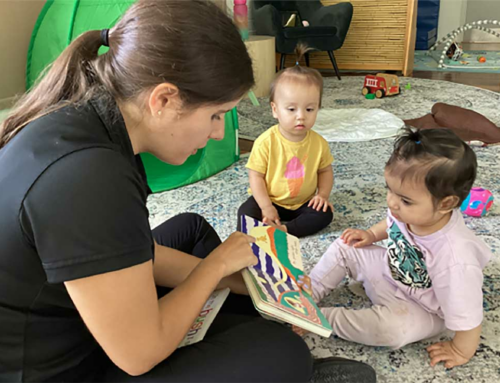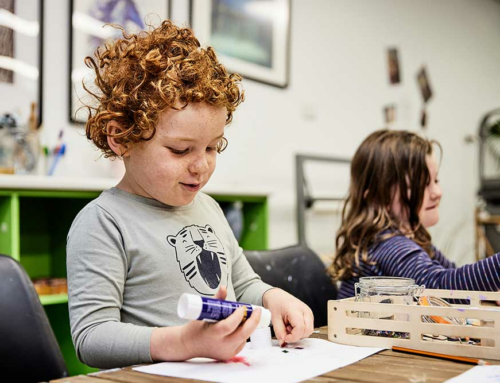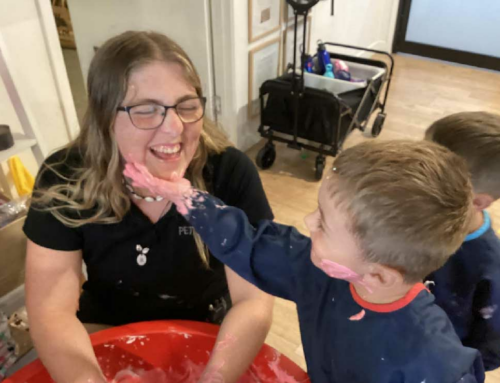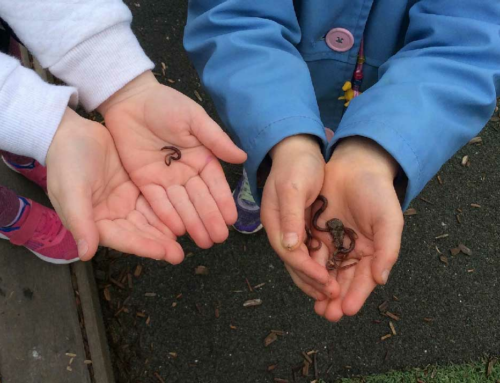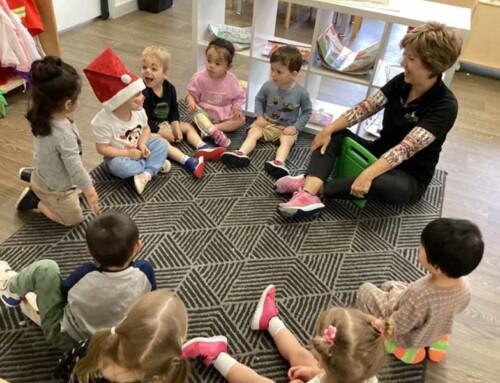Games are a great way to start your young child on the wonderful journey of learning to read.
Introducing these three reading games at a young age will provide mental stimulation and growth, along with build their memory.
WIth games, your child can learn to identify letters and letter sounds, process sequencing, and the pattern of reading left to right…all important skills for reading.
If they’re having fun, being challenged and achieving, they are more likely to retain the information and, most importantly, develop a lifelong love of learning.
These three simple reading games are perfect to play as soon your kids are able to form words. Make each one your own – add your personality, have some fun and your child will want to play them with you again and again!
1. All in a line
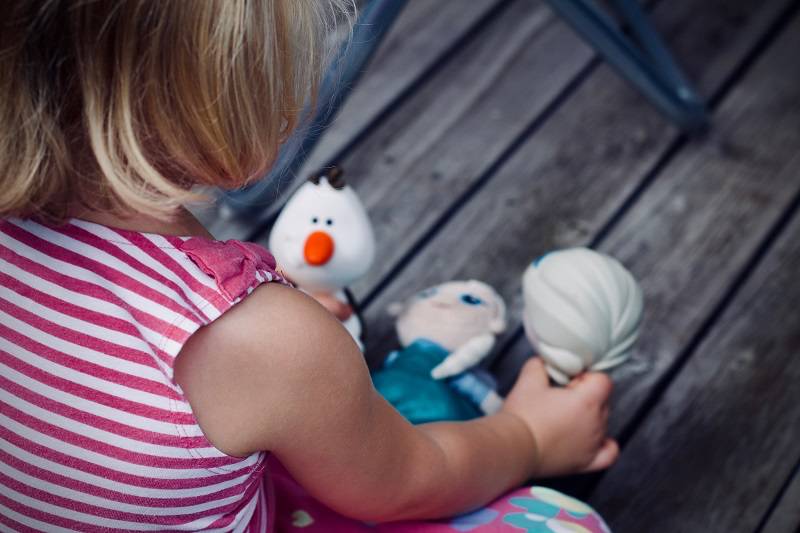
At first glance, this little game doesn’t appear to have much to do with reading. It is, however, one of the best games to give your young child as a way to develop their memory, learn sequencing and create the habit of left-to-right reading.
They can start playing as young as one year old. All in a line is a really fun reading game and super easy to learn.
Setting up
Select three to eight different, age appropriate toys and ask your child to place them all in a line. Start with a small number of toys and increase as your child improves with the game.
If they’re very young, place all the toys in a pile and then show them how to line them all up.
As they set up the line, start demonstrating some simple words and word sequences such as ‘beginning, middle, end’ and ‘start and finish.’
Take it slowly, ensuring your child fully understands before introducing new words.
How to play
Now, have your child cover their eyes while you take a toy away. Then, when they open their eyes, they have to guess which toy is missing.
Your kid must then tell you (using words) where the toy was originally located – at the beginning, in the middle or at the end. If they struggle at first, you can help them by asking “Was it at the beginning of the line or the end of the line?”
Now it’s their turn!
Have your child remove a toy while your eyes are closed. Remember to pretend you’re having a hard time guessing and maybe even get it wrong sometimes so they can tell you the right answer!
Progressing the game
As they get better at the game, you can introduce sequences such as:
- Front and behind
- First, second, third etc.
- Left, right or straight ahead
- Shortest, shorter, tallest, taller
You can play around with colours, shapes and pictures and later progress to letters, numbers and even words. When introducing new concepts, make sure your child knows what all the objects are called before you start.
Use your imagination to come up with new sequences and you’ll be able to play the game for a long time to come.
2. Buried Treasure
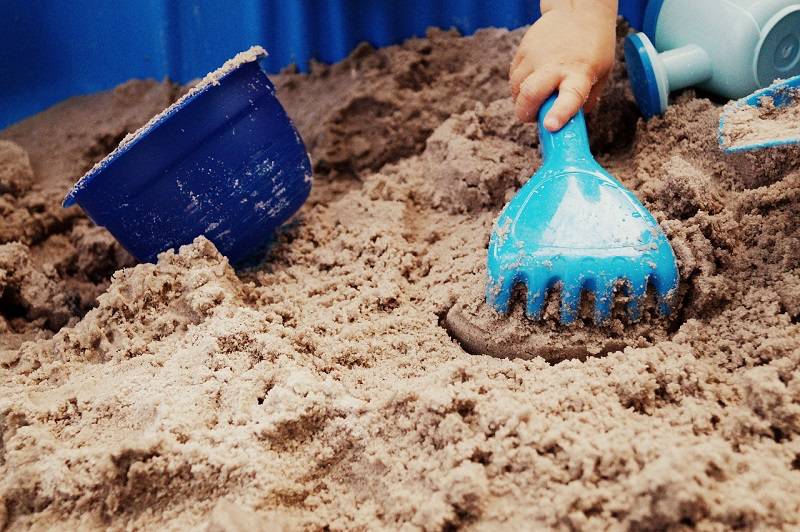
This is a simple game you can play over and over. They will love the challenge, the achievement, and the reward.
Setting up
First, create your treasure spot. It could be a sandpit, a box filled with shredded paper or a bucket of dried legumes such as corn or beans – somewhere they can use their hands (or plastic shovel) to dig.
Next, decide on the lesson and prepare your ‘treasure.’ Depending on your child’s level of development, it could be pictures, letters, numbers, shapes or objects. Try sticking to one type of treasure when you’re starting out and make sure it is age appropriate.
Before you announce the game, make sure you hide the treasure items in the box, bucket or sand pit well enough so they are not too easy to find, but not too hard either.
How to play
Announce that it’s buried treasure time! Once your child knows the game, be prepared for squeals of excitement.
Your little treasure hunter will run to the buried treasure to see what they can find. Set a time limit (depending on the degree of difficulty) to make it more exciting.
Once the time is up, they bring their items to you. Now comes the learning. They must identify, sound out or describe the item. For every one they get correct they receive a reward – points, paper money, a treat.
Progressing the game
You can include a multitude of lessons into this game – adding, subtraction being the most obvious. As your child progresses, you can hide laminated cards, each with a letter on that spells out a word. Once they spell out the word, they receive the reward.
3. Flashcard hide and seek
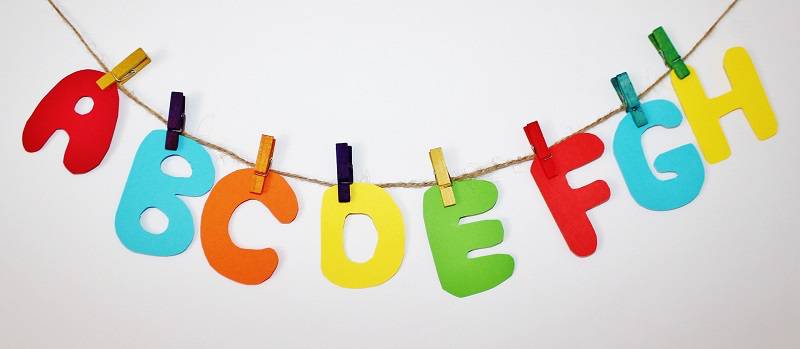
There are so many fun reading games for kids that you can create using flash cards. If you don’t have your own set of flashcards, you can easily make some by writing or printing the alphabet onto paper, and then laminating into cards.
Flash card hide and seek is the perfect activity for a child who likes learn by being active and exploring.
Setting up
Have your set of flashcards ready and make sure they’re laminated so they can last you a long time. A good idea is to punch a hole in the top of each one and tie a string loop through.
How to Play
Decide where you want to place your letters for the day. While your child is distracted, pop around the house and/or garden and hang, place or stick them to certain items that correspond to the letter – ‘F’ can hang on a flower, ‘S’ on a swing, ‘B’ for bread and ‘D’ for dress.
Now, invite your little one to see if they can find where today’s letters are ‘hiding.’ Stop at each spot for a mini lesson, making sure they sound out the letter and say the word (eg: ‘F is for flower’).
Instead of collecting the cards when you find them, leave them for a few days, revisiting the letters, sounds and words until it’s time for the next game.
Progressing the game
Once your child becomes proficient at the game, add more difficult words. They can also hide the cards for you to find. You might be surprised at some of the interesting items they find.
Petit’s educator approach
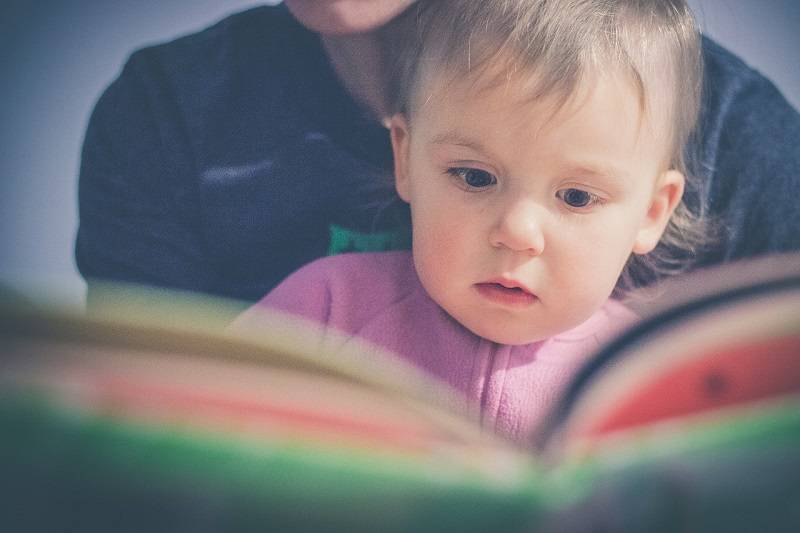
Petit Early Learning Journey is a progressive, educational, inspiring long day care service focused on the holistic learning and development of children.
At Petit, our passionate educators recognise the responsibility we have in helping little minds grow and learn.
Creative thought and school readiness is encouraged by our centres programming, enthralling class environments and interactive play-scapes.
Book a tour and let us show you through one of our state-of-the-art facilities where we welcome and encourage curious young minds.
